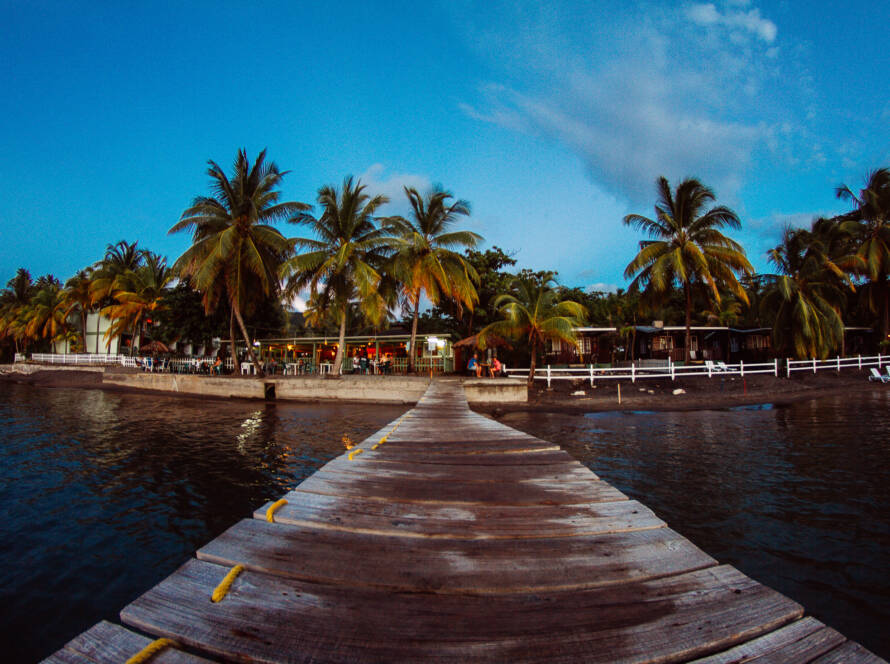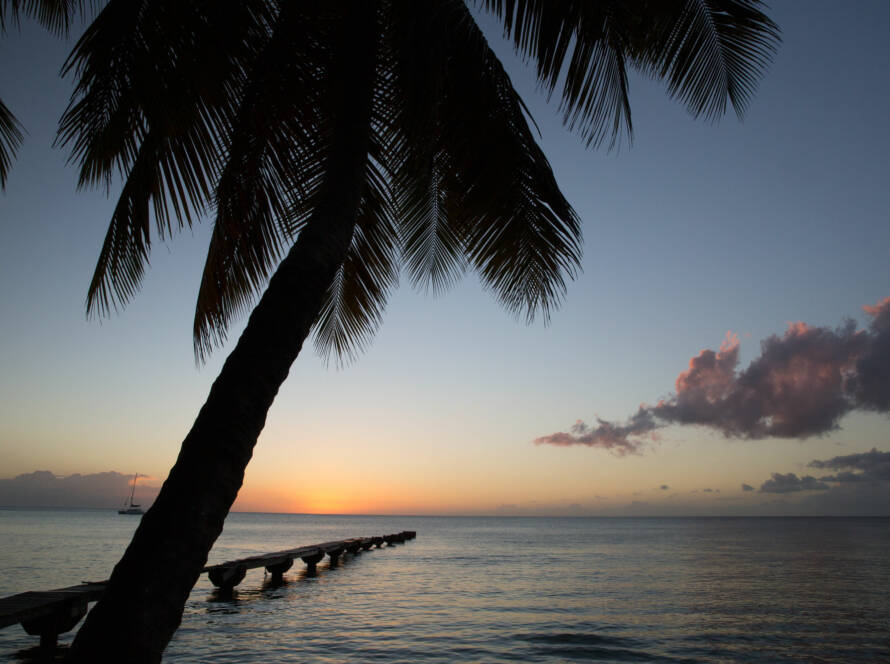|
Getting your Trinity Audio player ready...
|
Americans are no longer just booking vacations; they’re making a calculated trade—time for rejuvenation. With a shift from bucket-list chaos to intentional escapes, destinations need to redefine their pitch. The true luxury isn’t a packed itinerary; it’s time spent without stress, free from the weight of endless choices. Here’s why time has become the core offering for destination brands—and how they can deliver on it.
The Demand for Time Sovereignty
In a world where every hour feels like currency, Americans are increasingly choosing to trade their limited time for moments of escape. The concept of experience-driven marketing, though powerful, misses a critical point in the context of destination branding: it’s not just about offering “what” to do but showing travelers “how” their time will be well spent.
Post-pandemic travelers aren’t looking for non-stop adventure. They’re craving freedom—time they can control. Whether it’s Gen Z diving into slow-paced experiences like candle-making or parents simply catching up on sleep, today’s travelers value moments over milestones.
What Works: Reframe your destination as the antidote to a time-starved lifestyle. Instead of pitching activities, highlight the gift of simplicity: “Gain 72 hours of effortless tranquility here.”
Time as the New Luxury
Modern consumers are over-saturated with choices. Planning a trip—from picking activities to balancing itineraries—can feel more like work than leisure. Destinations must recognize that time is a finite, non-renewable resource. Americans are willing to invest it, but they expect a seamless return on that investment. By shifting the focus from “experience” to “time well-spent,” destination brands can better align with this psychological shift.
Cure Decision Fatigue with Pre-Made Escapes
The paradox of choice is real, and for many, planning a trip feels like a chore. Streamlined, decision-light itineraries turn overwhelming options into a narrative visitors can just step into.
Example: Medora, North Dakota, capitalizes on the draw of its Northern Lights by offering curated experiences like guided stargazing. Visitors don’t research—they follow.
Your Move: Build pre-choreographed packages that answer the question: “How do I relax without having to think?”
The Stress of Decision-Making
Destination marketers often tout long lists of attractions and activities, inadvertently placing the burden of decision-making on their audience. A destination that promises freedom from planning and decision fatigue immediately becomes more appealing. Simplification doesn’t mean offering fewer options but packaging those options into clear, stress-free pathways that match the pace of the visitor.
For instance, instead of advertising “hundreds of hiking trails,” a national park could highlight “a curated morning hike where you’ll encounter wildlife, incredible vistas, and still have time for a lakeside lunch.” This framing speaks directly to the value of time while eliminating the paralysis of choice.
Personalize Time with Micro-Narratives
Hyper-specific moments resonate more deeply than vague promises of adventure. Travelers seek curated experiences tailored to their pace—whether they’re weekend warriors or week-long wanderers.
For Inspiration: Imagine a “Slow Sunday” itinerary in Austin’s South Congress district: late brunch, vintage boutiques, and sunset bats over Lady Bird Lake. It’s not about filling time but owning it.
Tactic: Use AI and customer data to create “time personality” profiles. Segment offerings into buckets like “24-hour escape artists” or “seven-day serenity seekers.”
Balancing Two Objectives: Visitor Desires and Brand Longevity
The primary goal of any destination is repeat visits and positive word-of-mouth. By showing visitors not just what they can do but how their time will be balanced, the destination ensures that the experience matches expectations. A visitor who feels their time was maximized—without stress—leaves satisfied and shares their story. And stories of ease and enjoyment are far more compelling than lists of attractions.
Sell “Time Dividends” Through Transformative Escapes
Micro-retirements are trending—short breaks that double as skill-building opportunities. Destinations that help visitors leave with more than memories (think pottery classes, surf lessons, or wine-making workshops) tap into this evolving mindset.
Brand Play: Partner with TikTok influencers to showcase how time at your destination yields life-long value. A creator could share: “48 hours in Charleston = the best ghost stories I’ve ever heard.”
Measure What Matters: Immersion Over Clicks
In a world of declining organic traffic, depth wins. Travelers may skip over flashy headlines, but if your content sparks daydreams and itinerary saves, you’re building real mindshare.
Winning Content: A blog titled “The Art of Doing Nothing in Napa Valley” might not trend, but it’ll resonate with someone searching for quiet wine-country afternoons.
Pro Tip: Don’t chase clicks—design experiences (and content) that answer the real traveler question: “Will I leave feeling restored?”
Strategic Recommendations for Destination Marketers
- Build Time-Conscious Narratives
Advertise itineraries based on time segments (morning, afternoon, evening). Outline not just the activities but how they seamlessly fit together. For example, instead of “enjoy world-class dining,” position it as “a no-wait sunset dinner followed by a moonlit beach stroll.” - Eliminate Friction
Invest in tools like apps or pre-planned packages that guide visitors step-by-step. The easier it is to choose, the more likely travelers are to feel their time was well-spent. - Promote Emotional States, Not Just Activities
Highlight how spending time in your destination aligns with the traveler’s emotional goals—whether that’s relaxation, adventure, or discovery. Remember: they’re not just seeking an activity; they’re seeking a feeling. - Leverage Data
Use analytics to understand how visitors currently spend their time at your destination. Which attractions see the most engagement? Which time slots are underutilized? This data can help refine the visitor journey. - Reassure on Value
Time-focused marketing should also address perceived value. For example, show how a three-day itinerary gives the traveler the same depth as a week-long trip elsewhere.
Destinations that prioritize time management over activity promotion will stand out in a crowded market. Americans aren’t just seeking escapes—they’re seeking efficient, fulfilling, and memorable uses of their limited time. By removing barriers to decision-making and simplifying the visitor journey, destination marketers can redefine “value” in a way that resonates deeply with today’s traveler. The result? A brand that feels aligned with their most precious resource.
Key takeaway: It’s not just what people do that makes a trip worthwhile; it’s how effortlessly their time feels well-spent.
The Key Takeaway
Time isn’t just a dimension of travel—it’s the product itself. The destinations that thrive will be the ones that trade chaos for calm and decisions for seamlessness. Marketing isn’t about selling activities; it’s about promising travelers the rarest thing of all: a guilt-free pause.
The Future of Destination Branding: Forget crowded itineraries. Sell unstructured moments. Position your brand as a curator of restorative time—and watch your audience turn into loyal advocates.
The destinations of tomorrow will succeed not by being more exciting, but by being more thoughtful.



